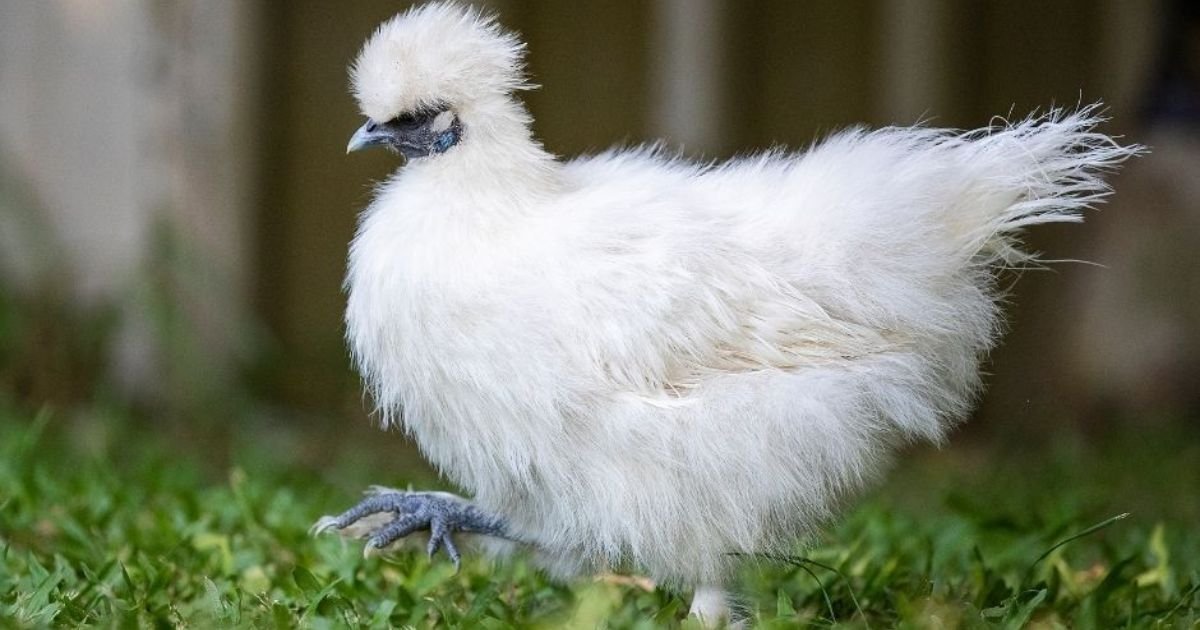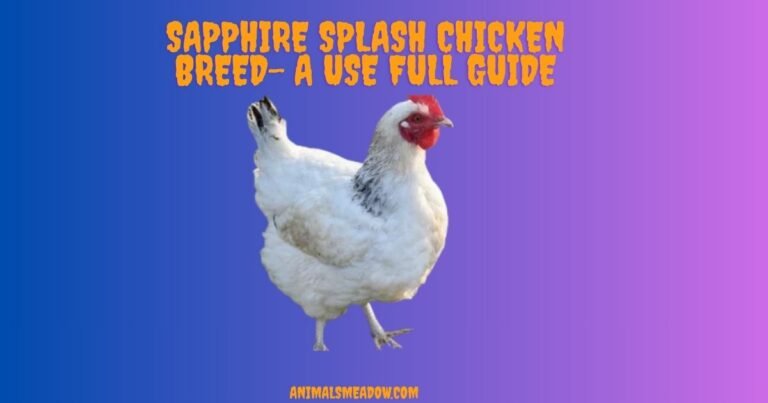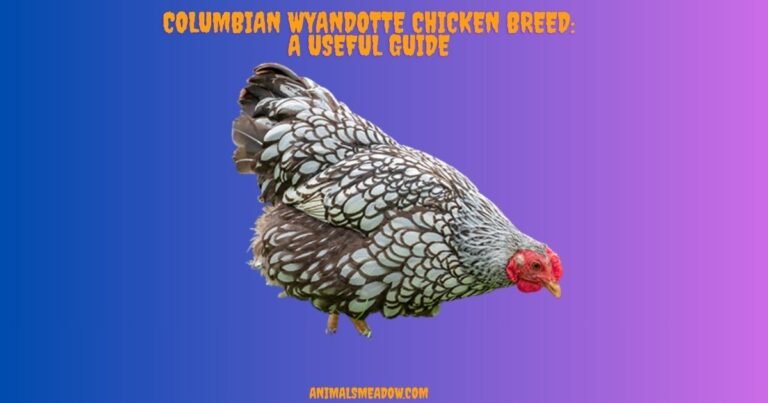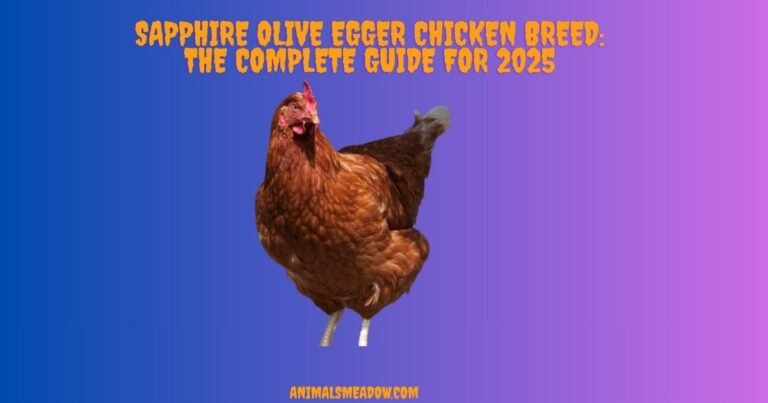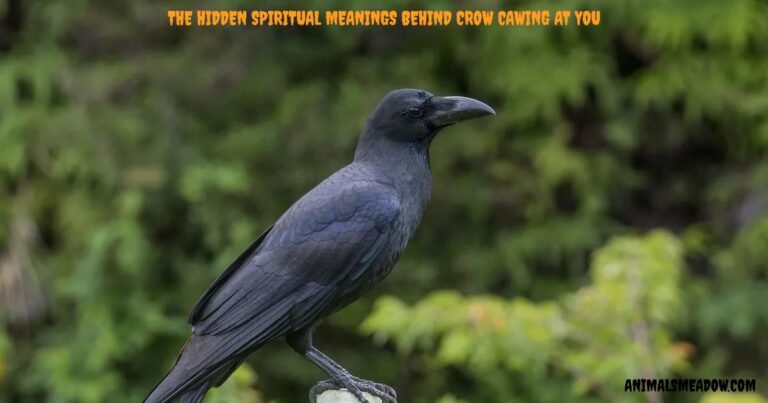Silkie Chicken Breed: A Useful Guide In 2025
In a world where chickens often blend into the background of rustic farm life, the Silkie chicken Breed emerges as a true standout, captivating poultry enthusiasts and casual backyard farmers alike.
With their fluffy plumage that resembles soft silk, these charming birds are not just eye candy; they possess an enchanting personality that makes them beloved companions.
Often described as the gentle giants of the avian realm, Silkies boast a docile temperament that endears them to children and adults alike. But there’s much more to these feathered wonders than meets the eye.
History of Silkie Chicken Breed
Silkie chickens have captivated poultry enthusiasts for centuries with their unique appearance and gentle disposition. , likely traces its roots back to Asia, particularly China, Japan, and possibly India. While the precise timeline remains a mystery dating as far back as 770 AD the breed gained notoriety in Europe during the 13th century when Marco Polo documented them in his travels.
He described these charming fowl not merely as oddities but also noted their potential medicinal properties a testament to the admiration they garnered even then.
By 1874, Silkie chickens formally entered the American Poultry Association’s Standard of Perfection, marking a significant milestone in their history.
This recognition spurred enthusiasm among American breeders and backyard farmers alike who were drawn to these birds not just for their striking aesthetics but also for their docile nature that makes them ideal companions.
Are Silkie Chickens A Heritage or Hybrid Breed?
Silkie chickens are considered a heritage breed, with roots that trace back several centuries, particularly in Asia. Their exact origins remain somewhat of a mystery, but they have been documented in historical Chinese texts as far back as the Tang Dynasty (618-907 AD).

Silkies are characterized by their unique appearance, featuring soft, fluffy feathers that resemble fur rather than traditional feathers. This distinct trait has contributed to their popularity among poultry enthusiasts and backyard chicken keepers alike.
Throughout history, many cultures have attributed various medicinal properties to Silkies, believing them to possess special health benefits. For example, in traditional Chinese medicine, they were often used in remedies for various ailments.
Today, while they may not be recognized for their medical powers in the same way, Silkies continue to be cherished for their friendly temperament and striking appearance. Overall, as a heritage breed with deep historical significance and cultural importance, Silkies hold a special place in the world of poultry.
Silkie Chicken Appearance
Silkie chickens are truly a feast for the eyes, with their stunning plumage and unique features setting them apart in the poultry world. Their feathers, resembling soft silk or fur, come in an array of colors: silkie chickens color is Buff, Blue, White, Black, Splash, and Partridge.
Each color paints a different picture of elegance and charm; for instance, the striking contrast of a deep black Silkie against its lush green surroundings creates a dramatic visual impact that perennial chicken enthusiasts find irresistible.
Within this captivating breed lies the distinction between bearded and non-bearded Silkies. The bearded variety showcases fluffy cheek tufts that lend an air of whimsy to their appearance, adding another layer of personality to these delightful creatures.
A Few Common Features of Silkie Chicken
- 5 (Five) Toes
- Walnut comb
- Feathered Legs
- Blue earlobes
- Comb is black
- Black/dark wattles
How Much Do Silkie Chickens Weigh?
Silkie chickens are indeed smaller than many standard chicken breeds, with roosters typically averaging around 4 pounds and hens closer to 3 pounds. This petite size is one of the characteristics that make them unique and appealing to poultry enthusiasts.
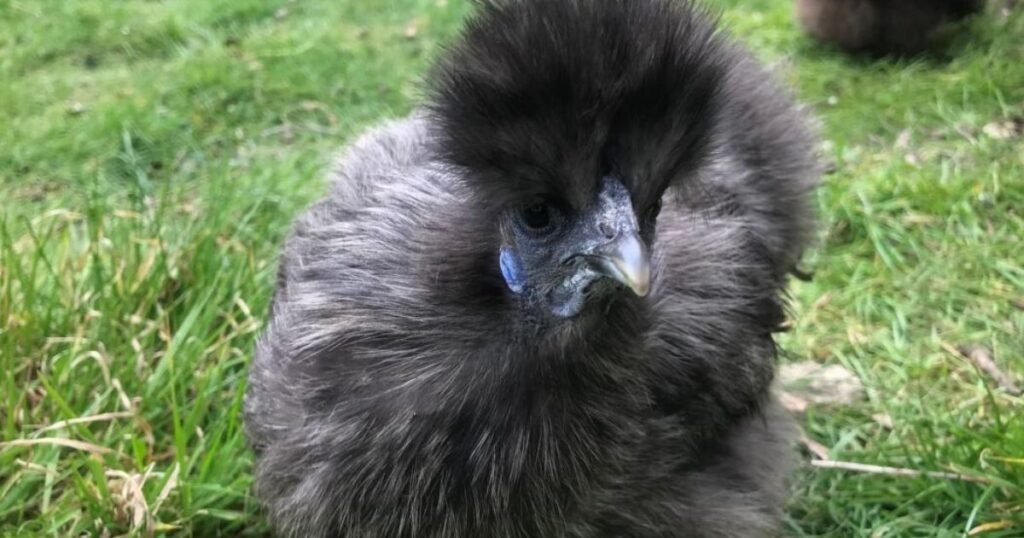
In comparison, most average-sized chickens weigh significantly more, with roosters averaging around 6 pounds and hens about 5.7 pounds.
The lighter weight of Silkies makes them easier to manage for those new to raising chickens or for families with children who want a gentle breed.
Overall, while they may be small in stature, Silkies have big personalities that can bring joy to any flock!
Average Silkie Chicken Lifespan
Silkie chickens, renowned for their striking appearance and docile temperament, boast an impressive average lifespan of 7 to 9 years in well maintained backyard environments. This longevity is noteworthy when compared to the typical life expectancy of most chickens, which ranges from 3 to 7 years.
Factors such as diet, habitat quality, and healthcare all play pivotal roles in contributing to the extended lives of these feathered companions.
In optimal conditions where Silkies receive proper nutrition, protection from predators, and attentive care some homesteaders have witnessed their Silkie chicken lifespan stretch even further to an astonishing 12 to 13 years.
Such longevity not only enriches the bond between humans and these charming birds but also underscores the importance of creating a nurturing environment tailored for their unique needs.
Silkie Chicken Egg Color
Silkie chickens are well known for their unique appearance and delightful temperament, but their egg production adds another layer of charm to these remarkable birds. Their eggs, typically small and cream colored, bring a subtle beauty to any nest.

While the standard hue leans toward pale cream, the individuality of each Silkie can lead to intriguing variations from soft beige tones to faintly tinted colors that make each egg feel like a one-of-a-kind treasure.
What’s particularly fascinating is how this subtle spectrum of color reflects the health and genetics of each bird. Factors such as diet, age, and even environmental conditions can influence the tint of a Silkie’s eggs.
Enthusiastic chicken keepers often experiment with natural feeding methods, introducing colorful vegetables or grains into their diet in an effort to enhance the richness of both yolk color and shell tint.
This exploration not only leads to more vibrant eggs but also deepens the bond between caretaker and flock, illustrating a delightful connection between nature’s palette and personal farming practices.
How Many Eggs Do Silkie Chickens Lay?
Silkie chickens are known more for their unique appearance and friendly temperament than for their egg laying capabilities. Typically, they start laying eggs between 28 to 36 weeks of age, which is later than many other chicken breeds.
Once they begin, you can expect them to produce about 2 small white eggs per week, totaling around 120 eggs in their first year if they receive proper care and nutrition.
As Silkie hens age, their egg production typically declines by about 10 to 15% each year until they eventually stop laying altogether. This means that while younger Silkies may produce eggs more consistently, older birds will yield fewer eggs over time.
If you’re considering adding Silkies to your flock primarily for egg production, it’s important to remember that their charming personalities and ornamental qualities often outweigh their output in the laying department.
Breeding Silkie Chickens
Breeding Silkie chickens is a delightful endeavor, primarily because these heritage birds possess the remarkable ability to mate and reproduce without human intervention. Unlike many hybrid breeds that often require artificial insemination due to genetic manipulation, Silkies embrace their natural instincts.
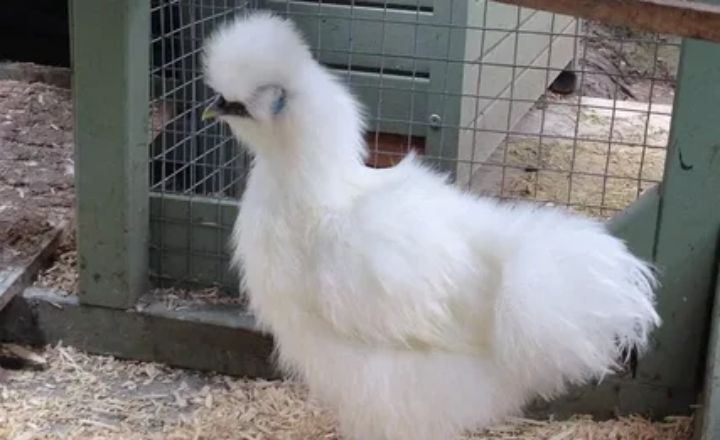
This unique capability allows for a more authentic approach to breeding, fostering a deeper connection between them and their environment. As you watch your Silkie roosters court the hens with charming displays of fluff and feather, you can appreciate the beauty of this traditional breeding process.
One fascinating aspect of breeding Silkies is their exceptional temperaments. Known for being docile and friendly, these chickens create an inviting atmosphere that encourages successful mating rituals and nurturing behaviors in both parents.
A strong bond develops among flock members, which plays a crucial role in raising healthy chickens, a testament to the importance of social structure in chicken communities. The vibrant variety of colors found in Silkie breeds allows for creative possibilities when selecting pairings; every hatch can yield delightful surprises as new hues emerge from carefully curated genes.
Embracing this holistic approach not only enriches your experience but also supports the preservation of these wonderful heritage birds for future generations.
Read also: Plymouth Barred Rock Chicken Breed
Are Silkie Chickens Broody?
Yes, Silkie chickens are indeed known for their strong broody instincts. Unlike many other chicken breeds, Silkies often exhibit a natural desire to sit on eggs and incubate them, making them excellent mothers.
This broodiness is one of the reasons they are so popular among backyard chicken enthusiasts and those interested in hatching their own chicks. When a Silkie goes broody, she will typically spend most of her time on the nest, only leaving briefly to eat or drink.
Are Silkie Chickens Hardy?
Silkie chickens are indeed considered a hardy breed, particularly due to their unique feather structure that provides insulation against cold weather. Their feathers are more like fur than traditional chicken feathers, which helps them stay warm during winter months.

While they can tolerate cooler temperatures better than many other breeds, they still require proper care to thrive in extreme conditions. Providing them with a well insulated coop and ensuring they have access to clean water is crucial during the colder months.
In addition to their cold hardiness, Silkies also show some resilience in warmer climates, although they may struggle in extreme heat. It’s important to monitor them for signs of overheating and ensure they have plenty of shade and fresh water available.
Overall, while Silkies can adapt to various weather conditions, attentive care and management are essential for keeping them healthy year round. Regular checks for frostbite during winter or heat stress in summer will help ensure your Silkie chickens remain happy and thriving.
Common Silkie Chicken Health Risks
Silkie chickens, known for their unique fluffy plumage and gentle demeanor, face several health challenges that dedicated owners should be aware of to maintain a thriving flock. Among these, Marek’s Disease poses a significant threat: up to 50% of Silkies could potentially succumb to this virus if they are not properly vaccinated or cared for.
Marek’s can cause severe neurological issues leading to paralysis and death, making it imperative for Silkie owners to prioritize preventative measures in their husbandry practices.
In addition to vaccination against Marek’s Disease, providing vitamins in the water is another essential step in promoting long-term health. This is particularly crucial for younger Silkies as they integrate into the flock; these vitamins help fortify their immune systems and prevent deficiencies that can arise during growth.
Offering free choice oyster shells ensures that your birds receive adequate calcium, a vital nutrient especially for layers to prevent brittle eggshells and other complications like poor bone health or reproductive problems.
By understanding these specific risks and implementing preventive care strategies, you can create a robust environment where your Silkie chickens thrive both physically and mentally.
Are Silkie Chickens Good Meat Birds?
Silkie chickens are often celebrated for their unique appearance and friendly temperament, but when it comes to meat production, they may not be the best choice. While Silkie chickens do have a distinctive flavor and tender meat, their smaller size means that they yield less meat compared to larger breeds specifically raised for meat production, such as Broilers or Cornish Crosses.
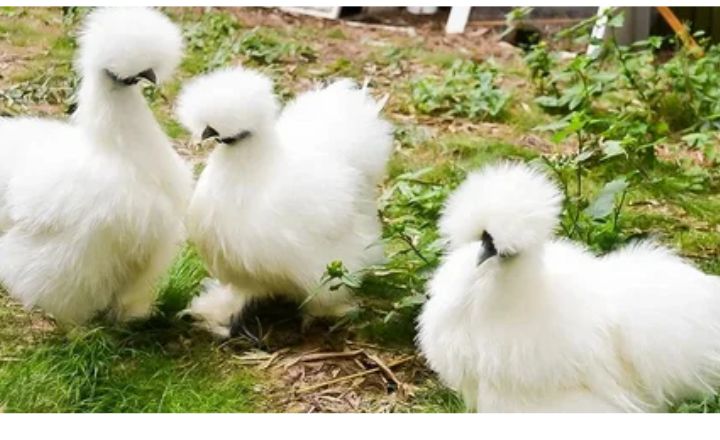
This makes them less ideal for those looking to raise chickens primarily for meat.
Are Silkie Chickens Noisy?
Silkie chickens are generally considered a quieter breed compared to many others, making them a suitable option for urban farms and neighborhoods where noise levels need to be kept in check.
Their gentle disposition means that hens typically cluck softly rather than making loud noises, which can be a significant advantage for those living in close proximity to neighbors. This characteristic allows Silkie owners to enjoy the benefits of keeping chickens without disturbing the peace.
It’s important to note that while hens are relatively quiet, roosters can be quite vocal and may crow frequently. If you’re considering adding Silkies to your flock and live in a densely populated area, it’s advisable to stick with hens only.
If noise is a concern for you, Silkies can be an excellent choice as long as you choose females over males.
Silkie Chicken Breed Temperament
Silkie chickens are not just a feast for the eyes with their unique fluffy plumage; their temperament makes them equally irresistible. Known for their calm demeanor, Silkie hens often relish human interaction, actively seeking cuddles and gentle handling.
This affectionate nature sets them apart in the poultry world, akin to the beloved Orpingtons, and makes them perfect companions for families or individuals who appreciate a more interactive flock experience. Their friendly disposition often leads children to fall in love with these charming birds, as Silkie chickens exemplify patience and gentleness that contribute to meaningful connections.
It’s worth noting that while roosters tend to be generally non-aggressive, crowd dynamics play a crucial role in maintaining harmony within the flock. An odd ratio of roosters can lead to friction; therefore, managing a harmonious environment is key.
With an ideal ratio of one rooster per twelve hens, it’s easier to maintain peace among these delicate creatures and prevent squabbles over territory or mates. Observing Silkie behavior provides valuable insights into their social structure: they communicate through soft clucks and body language that add layers of nuance to their interactions.
In fostering an understanding of how these enchanting birds operate socially, you’ll find yourself enjoying not just their beauty but also the delightful personalities they bring into your home.
White Silkie Chicken Housing Requirements
Creating a suitable habitat for White Silkie chickens goes beyond the basics of space; it’s about crafting an environment that promotes their unique well-being. With their charming, feathered appearance and friendly disposition, these smaller than average birds thrive in coops that provide at least 2 square feet of interior space per bird.
Yet it’s not just a matter of square footage ensuring adequate height in the coop allows them to stretch their legs and wings, contributing to their overall comfort and happiness.
Safety from predators is paramount, particularly for these more vulnerable breeds. A secure coop with limited drafts can keep your Silkies cozy without the need for artificial heating, as evidenced by our experience during harsh winters with temperatures plummeting to -22°F. Surprisingly resilient, our flock shows no signs of distress in these conditions when provided with proper shelter.
During scorching summer days reaching 90°F or higher, we create a cooler environment through shaded areas within a roofed run that encourages airflow while allowing them easy access back to the coop, a perfect recipe for summer survival and contentment among your cherished Silkies!
Are Silkie Chickens Right For You?
Silkie chickens are indeed an excellent choice for beginners, especially if you’re seeking a friendly and unique breed. Their docile nature makes them easy to handle, which is great for families with children or those new to raising poultry.
Silkies are known for their remarkable cold tolerance due to their fluffy plumage, allowing them to thrive in various climates. Their gentle personalities make them enjoyable companions in the backyard.
It’s important to note that Silkies are not typically raised for meat production. They have a smaller body size compared to standard meat breeds and are primarily valued for their eggs and ornamental appeal.
If your primary goal is to produce meat, you might want to consider other breeds that are specifically bred for that purpose. Ultimately, if you’re looking for charming pets that lay eggs and add character to your flock, Silkies could be the perfect fit!
conclusion
The Silkie chicken breed stands out for its unique appearance, gentle temperament, and diverse utility as both a pet and a productive layer.
Their distinctive fluffy feathers, combined with their friendly nature, make them an excellent choice for families and backyard poultry enthusiasts alike.
Whether you are looking to add some charm to your homestead or seeking an educational experience for children, Silkies can fulfill both roles beautifully. Consider bringing these delightful birds into your life embrace the joy of raising Silkie chickens today!
FAQs
How long do silkies live?
Silkies, a popular breed of chicken known for their unique fluffy feathers and friendly disposition, typically have a lifespan of around 7 to 9 years. However, with proper care, some silkies can live even longer.
What is special about Silkie chickens?
Silkie chickens are renowned for their unique appearance and calm, friendly temperament. One of the most striking features of Silkie chickens is their fluffy plumage, which feels more like fur than feathers.
Can you eat Silkie eggs?
Yes, you can eat Silkie eggs! Silkie chickens, known for their unique fluffy feathers and friendly temperament, are indeed capable of laying edible eggs. Their eggs are similar in taste and nutritional value to those of other chicken breeds. While they tend to be smaller and may have a slightly different shell color, they are perfectly safe for consumption.
At what age do Silkies lay eggs?
Silkies, a popular breed of chicken known for their fluffy feathers and friendly disposition, typically begin laying eggs around 7 to 9 months of age.

